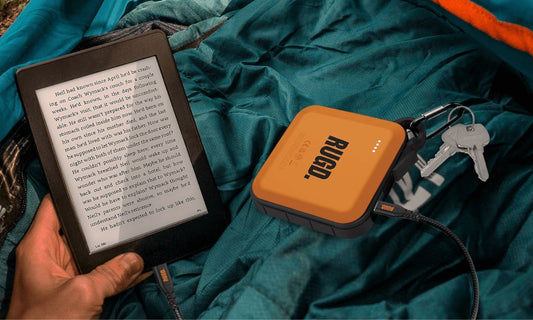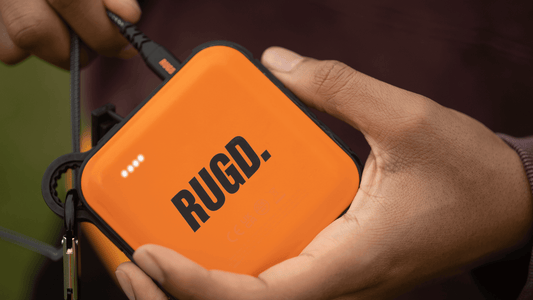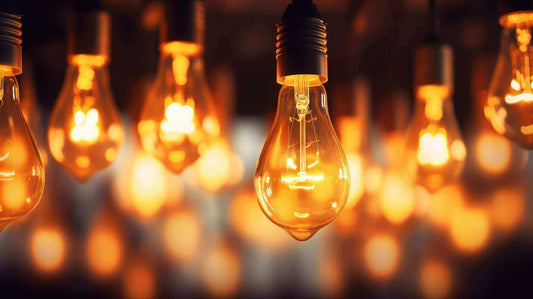News

Camping Power Bank Specifications You Should Know
Choosing a power bank for camping? This guide breaks down key specs like mAh, watts, IP rating and fast charging. Plus, meet the rugged RUGD Power Brick I, built for...
Camping Power Bank Specifications You Should Know
Choosing a power bank for camping? This guide breaks down key specs like mAh, watts, IP rating and fast charging. Plus, meet the rugged RUGD Power Brick I, built for...

How to Maximise Power Bank Battery Life for Wee...
Frustrated by power banks dying mid-adventure? Our guide reveals the secrets to maximising RUGD Power Brick I battery life for weekend camping trips. Learn the 20-80% charging rule, proper storage...
How to Maximise Power Bank Battery Life for Wee...
Frustrated by power banks dying mid-adventure? Our guide reveals the secrets to maximising RUGD Power Brick I battery life for weekend camping trips. Learn the 20-80% charging rule, proper storage...

Outdoor Power Solutions for Every Adventure: RU...
Need reliable power in the wild? From capturing sunrise photos to night trail rides, RUGD Power Brick I delivers specialized outdoor power solutions for every adventure. Discover how one device...
Outdoor Power Solutions for Every Adventure: RU...
Need reliable power in the wild? From capturing sunrise photos to night trail rides, RUGD Power Brick I delivers specialized outdoor power solutions for every adventure. Discover how one device...

Top Rated Power Banks of 2025: Why RUGD Leads t...
Looking for a truly reliable portable charger? Our guide to top rated power banks explains what really matters - from capacity and charging speed to durability and emergency features. Discover...
Top Rated Power Banks of 2025: Why RUGD Leads t...
Looking for a truly reliable portable charger? Our guide to top rated power banks explains what really matters - from capacity and charging speed to durability and emergency features. Discover...

Maximising Power Bank Battery Life: Your Guide ...
Want longer power bank life on your adventures? Discover simple tips from RUGD to keep your power bank going strong.
Maximising Power Bank Battery Life: Your Guide ...
Want longer power bank life on your adventures? Discover simple tips from RUGD to keep your power bank going strong.

How to Convert Volts to Watts: The Complete Guide
Converting volts to watts doesn't have to be complicated. Whether you're working with household appliances, solar panels, or industrial equipment, understanding this basic electrical calculation is essential for safety and...
How to Convert Volts to Watts: The Complete Guide
Converting volts to watts doesn't have to be complicated. Whether you're working with household appliances, solar panels, or industrial equipment, understanding this basic electrical calculation is essential for safety and...
